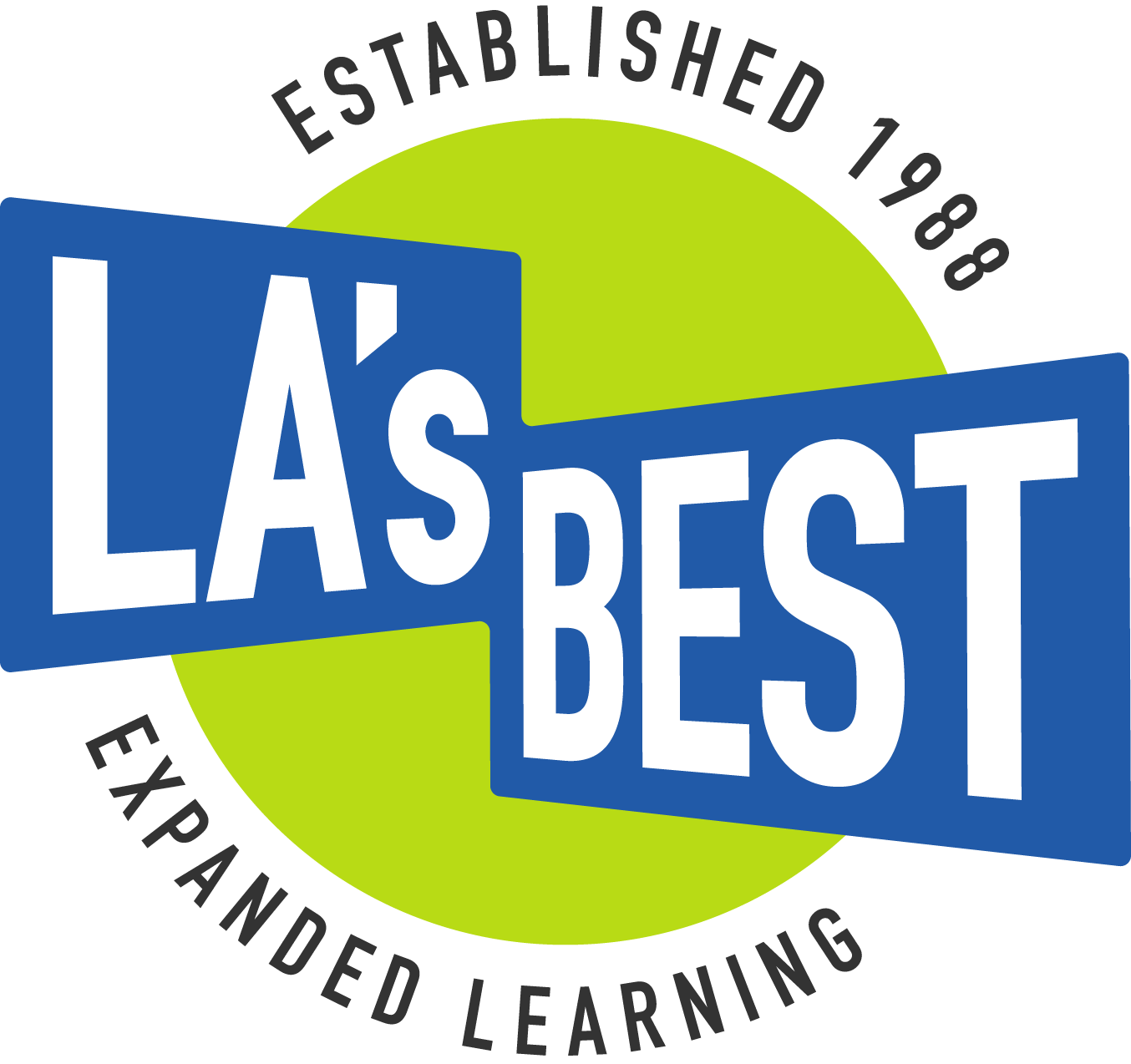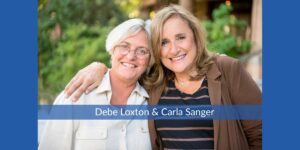What Kind of City Shows Up After School?
Imagine it’s 2:30 in the afternoon. School just ended, but work hasn’t. Parents across Los Angeles are stuck in traffic or on back-to-back shifts. Rent is due. Groceries are more expensive than last month. There’s no one home yet, but the kids need somewhere to be.
For thousands of families in this city, expanded learning isn’t a luxury. It’s survival. But finding it? Affording it? That’s another story.
Private afterschool programs can cost anywhere from $3,888 to over $11,000 per child each year. For families with two kids, that can climb to more than $22,000. That’s more than many people pay for housing. Yet cost is just the start of what families are up against. Across Los Angeles, more than 50 percent of households are cost-burdened, more than 30 percent of children live in food-insecure homes, and nearly one in three adults do not feel safe in their neighborhoods.
The city’s response? A promise kept for 37 years.
A Promise from City Hall
In 1988, Mayor Tom Bradley launched LA’s BEST with a simple idea: if families don’t have access to safe, affordable, enriching spaces for kids after school, the city should step in and create them.
That idea evolved into a city-supported program based in public schools, in partnership with the Mayor’s Office and LAUSD, designed to offer no-cost expanded learning in the neighborhoods that needed it most.
It wasn’t a side project. It was part of Los Angeles’s public infrastructure. A commitment not just to children, but to their families. A recognition that public safety, economic opportunity, and child development are deeply connected.
At a time when federal education funds are being withheld, everyday costs are climbing, and families are facing more instability, that promise matters more than ever. LA’s BEST remains part of the city’s foundation, meeting real needs where the stakes are high and the options are few.
37 Years of Standing with LA’s Kids
Every sitting Mayor since Mayor Bradley has renewed that commitment.
Mayor Karen Bass continued that legacy. On LA’s BEST Day, April 9, she welcomed students from Gates Elementary into her press conference room at City Hall, taking time to listen to their stories and understand how LA’s BEST supports families, directly from the community it serves.
Today, in partnership with the City and LAUSD, LA’s BEST serves 16,200 students at more than 200 LAUSD elementary schools. All at no cost to families all year round.
A Full-Circle: From Student to Leader
Some of the students who grew up in LA’s BEST are now leading Los Angeles.
Councilmember Eunisses Hernandez is one of them. She attended LA’s BEST at Monte Vista Elementary. This year, she returned to that same school to see the program still thriving, still joyful, still needed.
As a City Councilmember, she introduced the resolution celebrating LA’s BEST Day. Her remarks weren’t abstract. They were personal. She knows firsthand how expanded learning programs can shape a child’s path and a family’s future.
In her words and presence, the story came full circle.
A Citywide Celebration of Care
The campaign leading up to LA’s BEST Day on April 9 was a true celebration of connection, care, and collective action.
It began in December, when Councilwoman Monica Rodriguez met with our first-ever Staff Advocacy Cohort and offered heartfelt encouragement ahead of their advocacy work. She reminded them that their lived experiences were powerful and that their voices already had the power decision-makers needed to hear.
In March, the cohort traveled to Sacramento for the California Afterschool and Summer Challenge, where they met with state leaders to champion expanded learning programs. They spoke with clarity and heart about what it means to serve the neighborhoods they grew up in. Their presence was powerful, and their stories made a lasting impact.
Back in Los Angeles, the momentum continued to grow. On April 4, the City Council heard directly from LA’s BEST parents, students, a principal, and our CEO. Their stories brought to life what data alone can’t capture—safe, enriching spaces where kids explore new skills, build confidence, and feel a sense of belonging. Councilwoman Hernandez’s resolution recognized the impact LA’s BEST has had on families and communities for more than 35 years.
On April 9, LA’s BEST students met with Mayor Karen Bass and shared their stories inside City Hall. That night, thanks to Councilwoman Monica Rodriguez, City Hall lit up in LA’s BEST blue and green.
In a year filled with uncertainty, the leadership shown by Mayor Bass and Councilmembers Hernandez and Rodriguez—and by our staff through the Advocacy Cohort—was not only inspiring, but urgently needed. Their voices are grounded in lived experience, reminding the City what’s at stake and who’s paying attention. When City Hall lit up in LA’s BEST colors, it became a visible reminder that those voices are being heard.
A Sound Investment in a Stronger City
LA’s BEST is a smart investment. For every dollar spent, families and the public see as much as three times the return through educational gains and reduced costs tied to public safety and social services.
Supporting LA’s BEST is not about starting something new. It is about sustaining what already works and continuing to reach the kids and communities that rely on us most.
Even in higher-income areas, families are stretched. In Council District 11, the city’s highest-income district, over 40 percent of households are still cost-burdened. Food insecurity exists everywhere. LA’s BEST exists for everyone.
A City That Shows Up
LA’s BEST didn’t appear by chance. It was built by a city that made a choice. For 37 years, that choice has paid off: for children, for families, for neighborhoods, and for the future of Los Angeles.
Today, that choice matters more than ever.
As communities face rising costs, withheld federal education funding, and growing uncertainty, the need for safe, reliable, and enriching spaces is only increasing.
That’s why the voices of Mayor Bass, Councilmembers Hernandez and Rodriguez, and our LA’s BEST staff Advocacy Cohort carry so much power. Their leadership reminds us that expanded learning isn’t just a program. It’s public infrastructure.
The investment continues because showing up for children after school is still one of the most powerful choices a city can make.
– – – – – – –
The fight for afterschool isn’t over, especially with federal funding at risk. Join us in calling for the support our kids and communities need.



